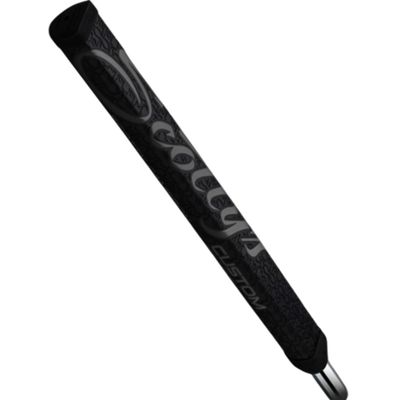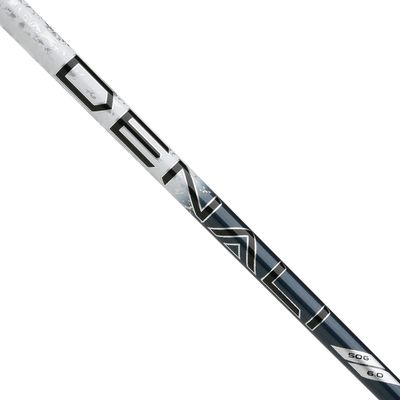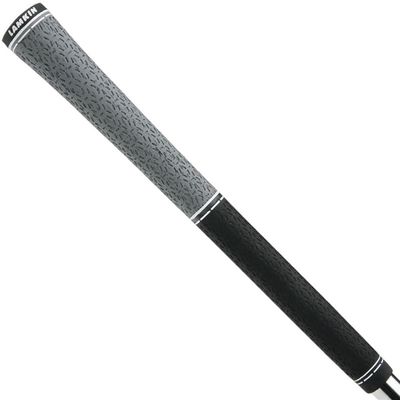Shaft Spining
Shaft Spining
It is nearly impossible to manufacture golf shafts with precisely the same stiffness in all possible directions of bending. This would require too many time-consuming manufacturing procedures. The price of shafts would more than double in price. The top-quality shaft makers can manufacture shafts with very high accuracy and consistency. However, there are many shafts produced in the golf industry that are simply not consistent. The variables can be in flex, bend point, weight, circumference and even their spine. Spining (pronounced “sp-high-ing”) is an important variable to consider.
What is a Golf Shaft Spine
All golf club shafts have a spine. Spines run the entire length of the shaft. Graphite shafts are fused together and have either one or two spines. The spine is where the pieces of graphite are fused together like a seam on a plastic whistle. Steel shafts also have a spine. It is a single spine from the welding point.
The spine can be weak, moderate, or strong. The higher priced shafts tend to have moderate spines. The lower priced shafts almost always have a strong or weak spine. It is important to align any spine, but a weak or strong spine if incorrectly placed can cause mishits and poor directional dispersion with the club. To maximize shaft performance consistency, the bending position or its strongest area should point directly toward the target line. Spining & FLO are keys properly orienting and aligning the strongest area of the shaft to the ball.









